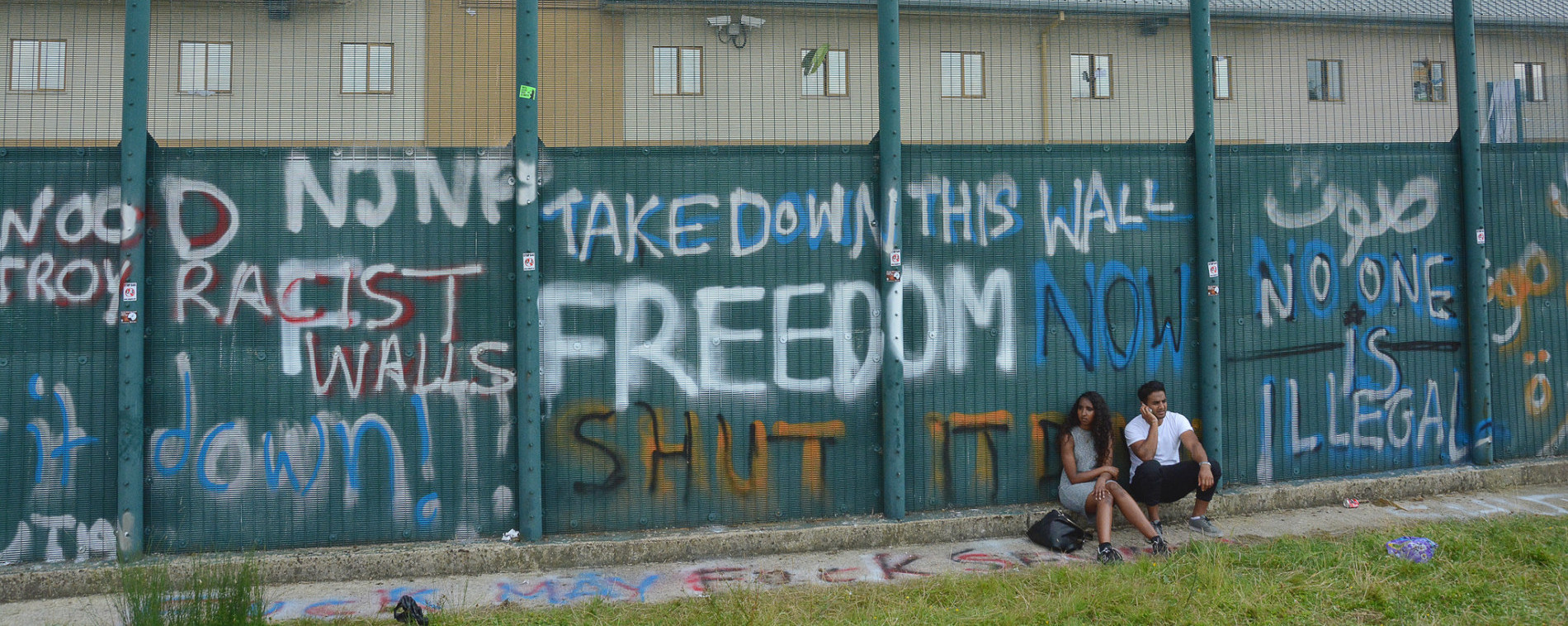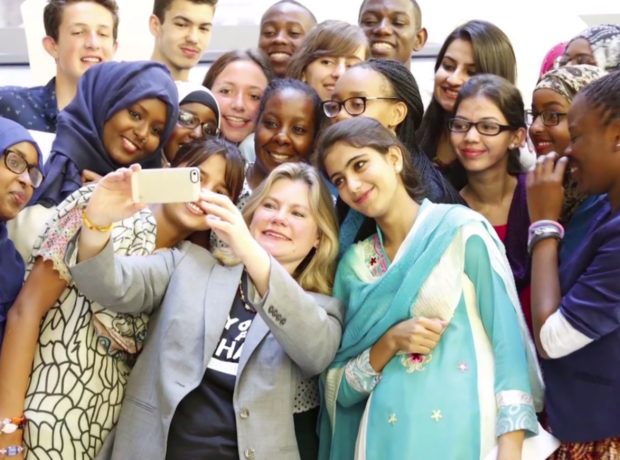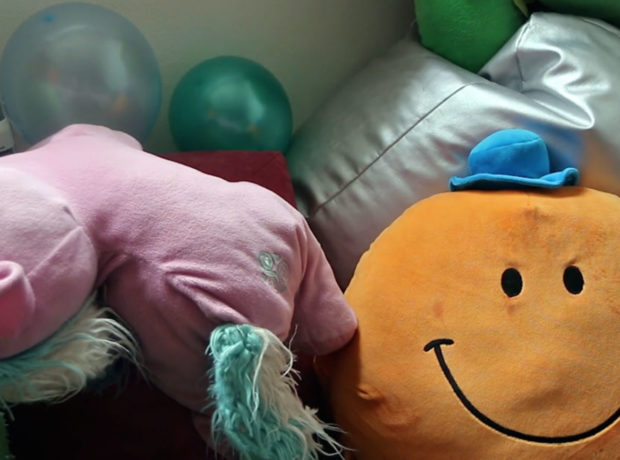Detention Without Walls is a self-portrait of people caught in the cracks, between borders, without status.
Put together from interviews, poems, photos and material collected through a participatory research project, our film follows the moving story from immigration detention to life after detention, described as “detention without walls”. Abandoned at train stations, separated from family and friends, unable to work or travel, fearful of return but determined to stay in the UK, the film explores how ideas of crime, citizenship and community combine in ways that multiply rather than remove the differences between us.
Why we made the film
The Life After Detention group met weekly for about six months as part of a wider participatory action research project to share experiences, signpost to support services and get to know each other. The decision to make a film came from a desire within the group to communicate their experiences to a wider audience. Making the film was challenging. The group found it difficult to make editing decisions and there was a tension between simplifying complex stories and communicating a single narrative.
The film-making process
We wanted to share skills and co-produce a film by a group of first time film-makers. Not easy, our friends in film told us. The people who star in the film decided what to say, what footage to use and where they wanted their story to be shared. For example, one participant described the process as, ‘a space to talk to others who understand the difficulties we’ve been through…I keep coming back every week because I feel included, I edited my own film, you know?’ But there were also concerns about anonymity and we had to work around that. The woman quoted above decided not to share her part of the film online. That everyone felt safe sharing their was a priority for us.
Our role in creating change
It is difficult to make a documentary film at a time when you feel like the world is against you. There is a lot to resist, both inside and outside of immigration detention, but the small voices and actions all contribute to something much bigger than we can imagine. The film should be a starting point to find out more. There are other great films about protesting against detention and about who profits from the immigration detention estate that can be watched at standoff films. We want to encourage our viewers to take change too. Inform yourself, inform your friends, talk to the people who have the power to change things and take action.
And let us know what you decide to do. We would love to hear from you. You can get in touch via the Scottish Detainee Visitors website. This film was made in collaboration with Scottish Detainee Visitors who are a campaigning and befriending group that visit Dungavel House Immigration Removal Centre. It was made possible by funding from the University of Glasgow Settlement Find A Solution Fund and the Geographies of Justice Research Group.
Banner photo by Darren Johnson



